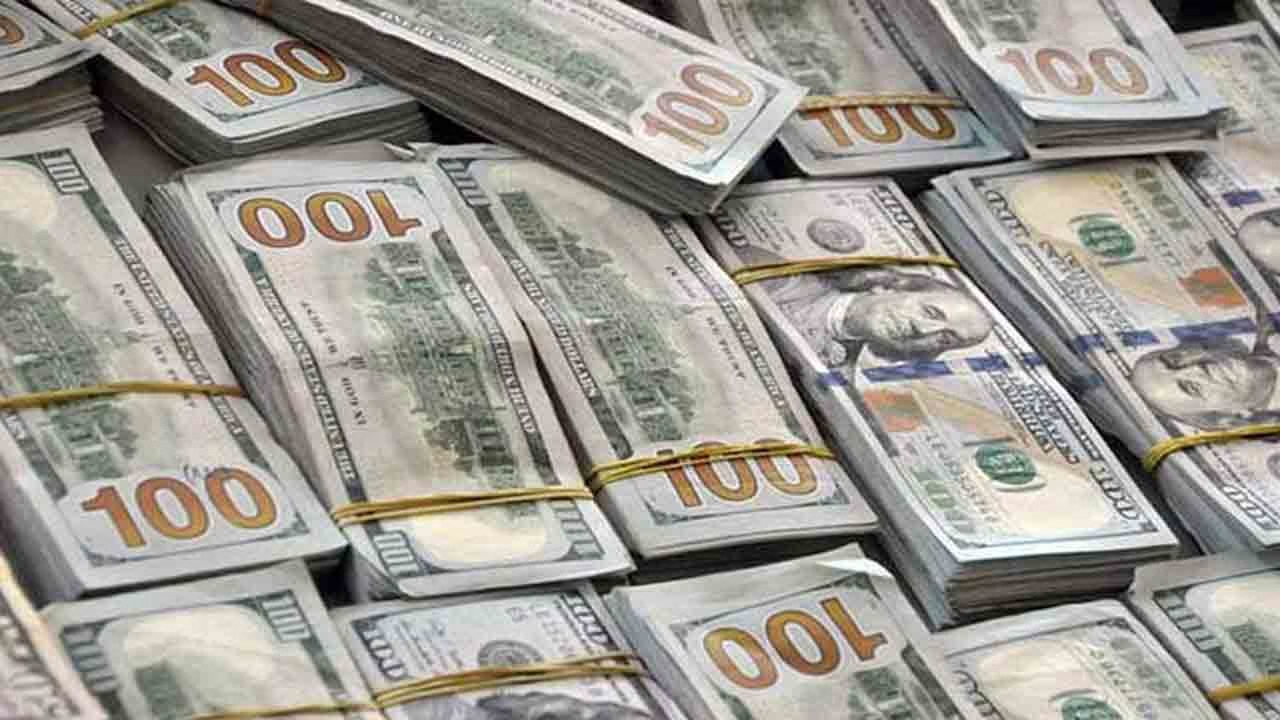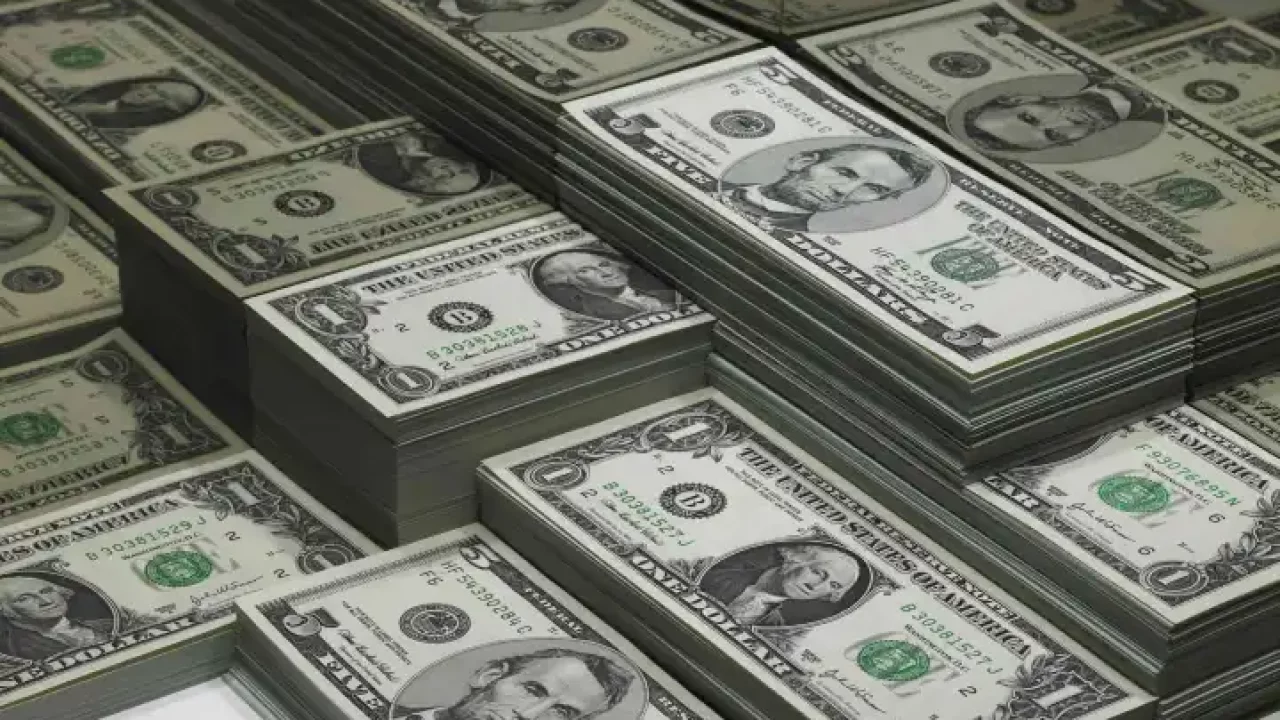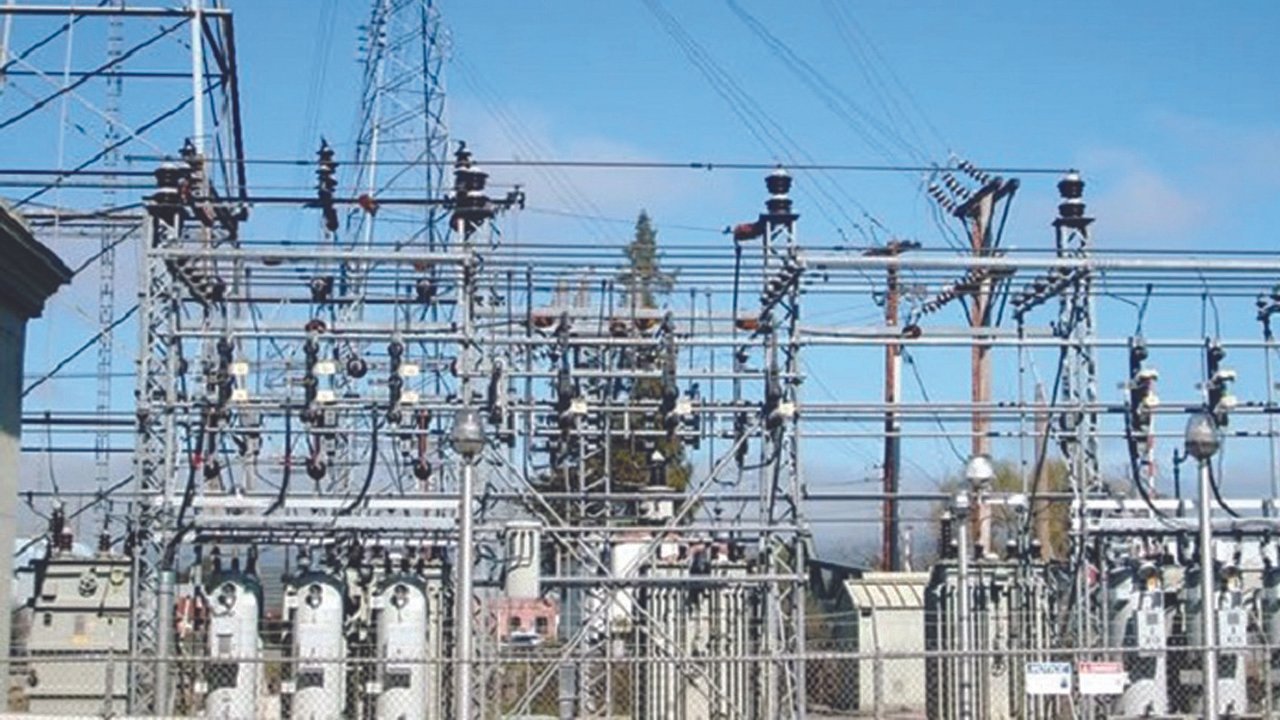The State Bank of Pakistan (SBP) has released its latest weekly report on foreign exchange reserves, revealing a decline of $34 million in the government’s reserves during the week ending February 14. With this drop, the country’s total foreign exchange reserves now stand at $15.947 billion, including both government and commercial bank holdings.
Breakdown of Pakistan’s Foreign Reserves
According to the SBP report, the reserves are categorized as follows:
- SBP Reserves: The government’s reserves fell to $11.2 billion, marking a $34 million decrease from the previous week.
- Commercial Banks’ Reserves: These remained at $4.746 billion, keeping the total foreign exchange reserves at $15.947 billion.
This gradual decline in reserves raises concerns about Pakistan’s economic stability, import cover, and the country’s ability to meet international financial obligations.
Why Are Pakistan’s Foreign Reserves Falling?
Foreign exchange reserves play a critical role in determining a country’s economic strength. Several factors contribute to fluctuations in reserves, including:
- Debt Repayments – Pakistan has significant external debt, and regular repayments to international lenders cause fluctuations in foreign reserves.
- Import Payments – The country relies heavily on imported fuel, machinery, and raw materials, leading to a continuous outflow of foreign exchange.
- Foreign Investments & Remittances – Any slowdown in foreign direct investment (FDI) or a drop in remittances from overseas Pakistanis can impact reserves.
- Exchange Rate Volatility – Fluctuations in the Pakistani Rupee (PKR) against the US Dollar (USD) also affect reserve levels.
- Trade Deficit – Pakistan’s imports exceed its exports, leading to a net outflow of foreign exchange.
What Does This Mean for Pakistan’s Economy?
The drop in foreign reserves raises several economic concerns:
Currency Stability: Lower reserves put pressure on the PKR, potentially leading to devaluation and higher inflation.
Import Restrictions: Declining reserves force the government to restrict imports, impacting businesses and industries reliant on foreign goods.
IMF & Loan Agreements: Pakistan is currently engaged in financial agreements with the International Monetary Fund (IMF) and other lenders. Maintaining adequate reserves is crucial to meeting IMF conditions.
Investor Confidence: A stable foreign exchange reserve position attracts foreign investors and boosts economic confidence. Any decline raises concerns about economic instability.
How Can Pakistan Improve Its Foreign Exchange Reserves?
To stabilize and increase foreign reserves, the government needs to focus on:
Boosting Exports – Strengthening industries like textiles, IT, and agriculture to increase exports and bring in more foreign currency.
Encouraging Remittances – Offering incentives to overseas Pakistanis to send more money through official banking channels.
Attracting Foreign Direct Investment (FDI) – Implementing investor-friendly policies to bring in foreign businesses and funding.
Reducing Imports – Encouraging local production of goods that are currently imported.
Debt Restructuring – Negotiating better repayment terms to ease the burden on reserves.
What’s Next for Pakistan’s Economy?
Pakistan’s foreign exchange reserves are a key indicator of its economic health. While a $34 million decline may seem small, it highlights the broader financial challenges the country faces. The government and financial institutions must take strategic steps to stabilize reserves, control the currency exchange rate, and ensure long-term economic growth.
With global economic uncertainty, maintaining strong foreign reserves is more important than ever for Pakistan’s financial stability and economic future.



